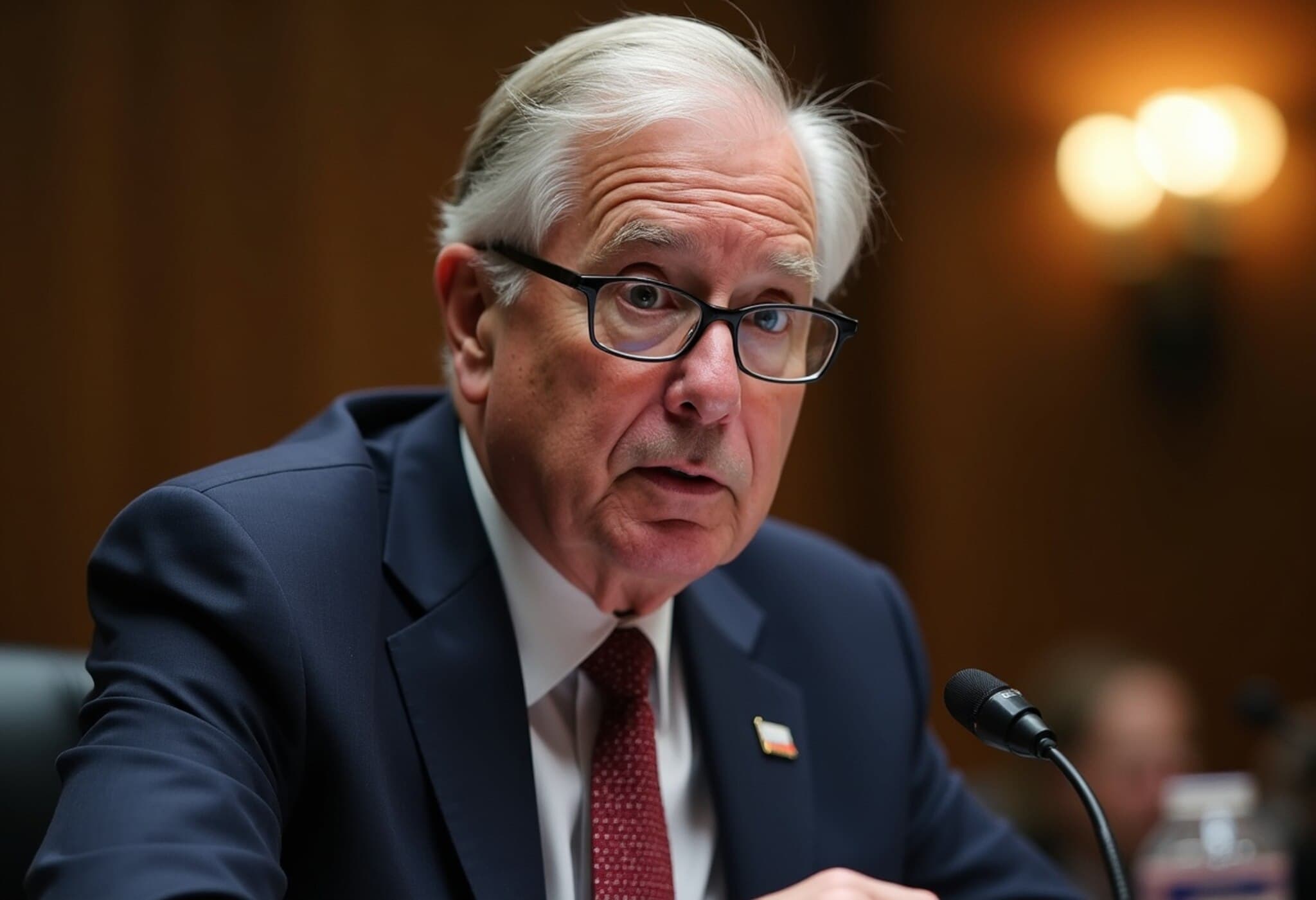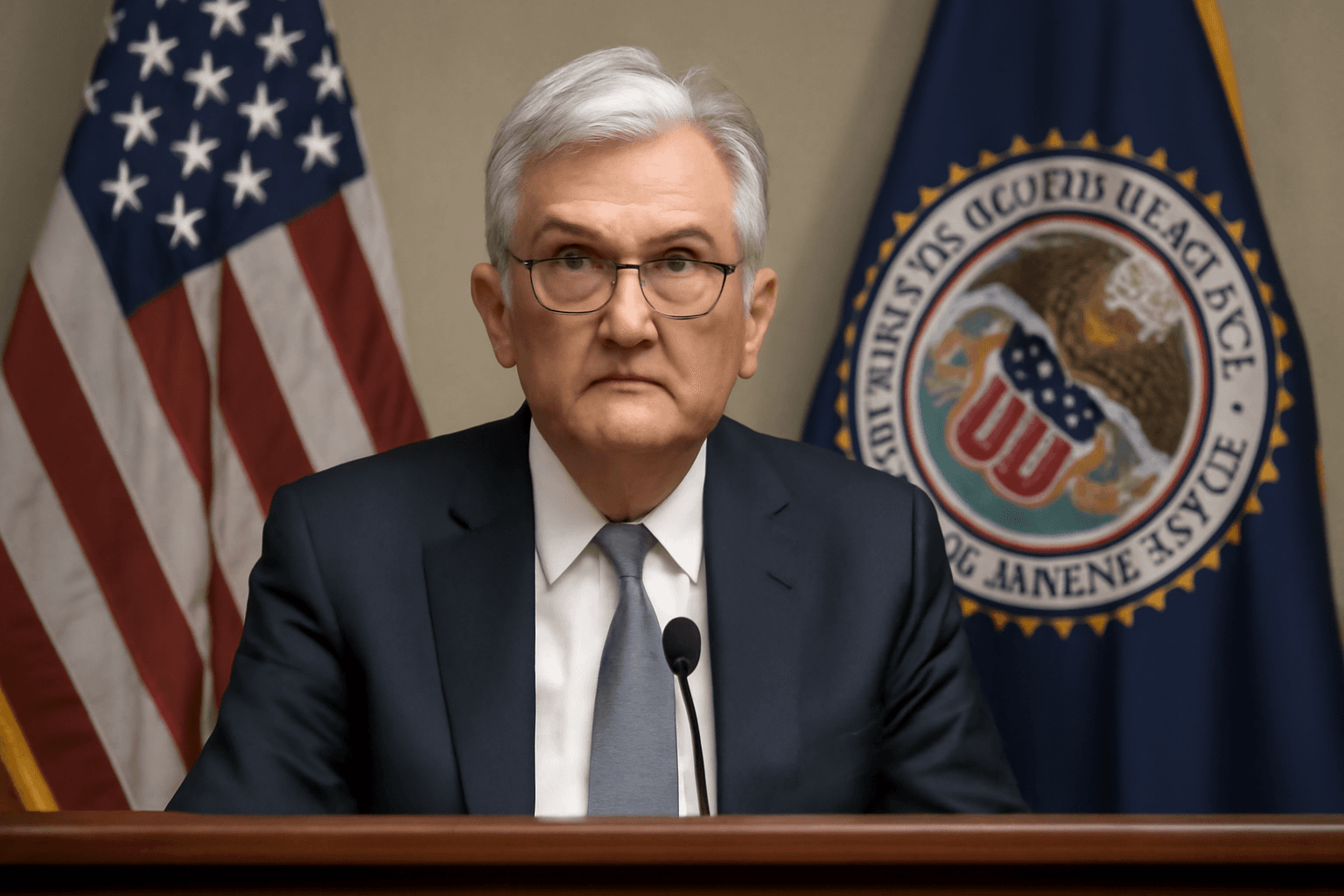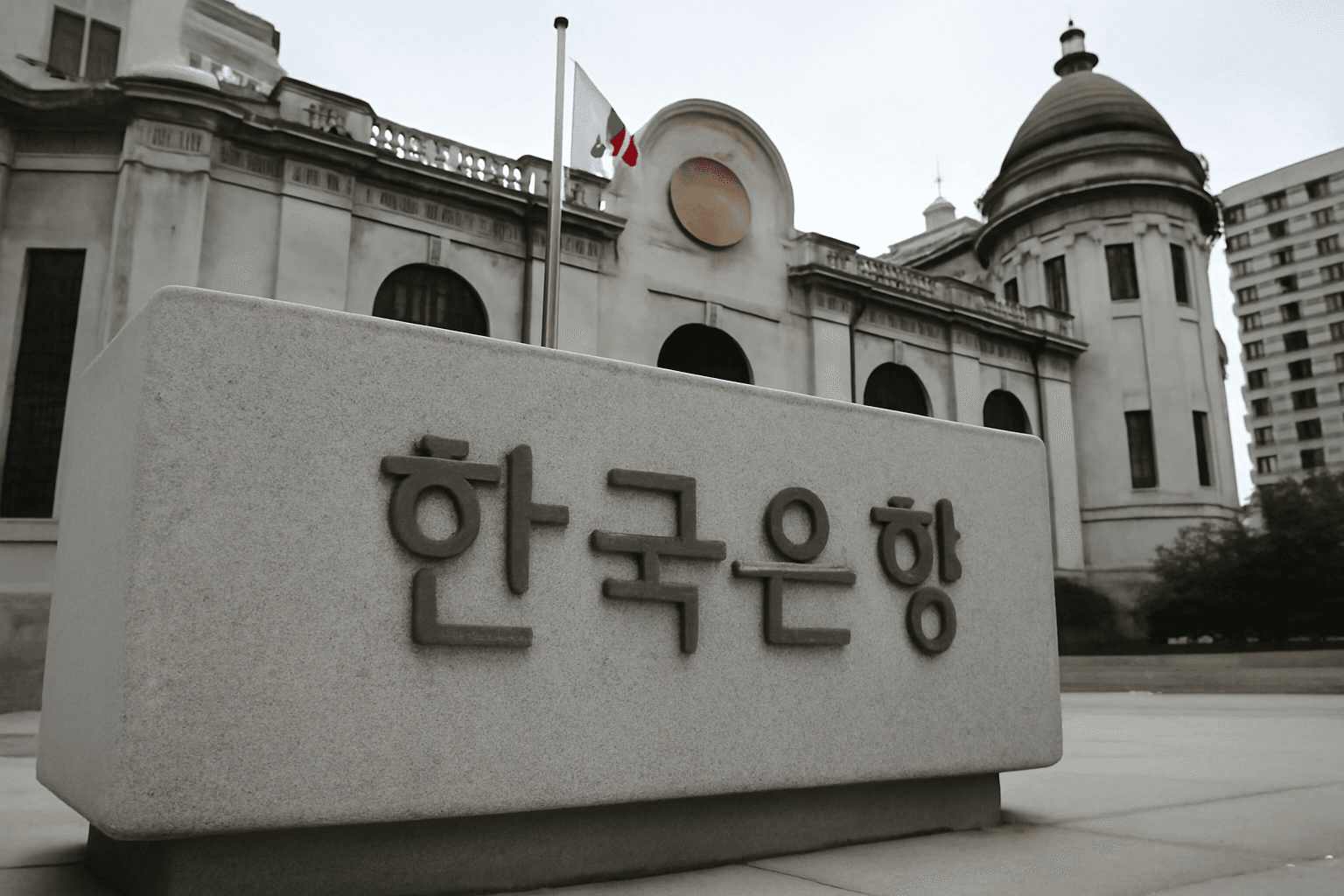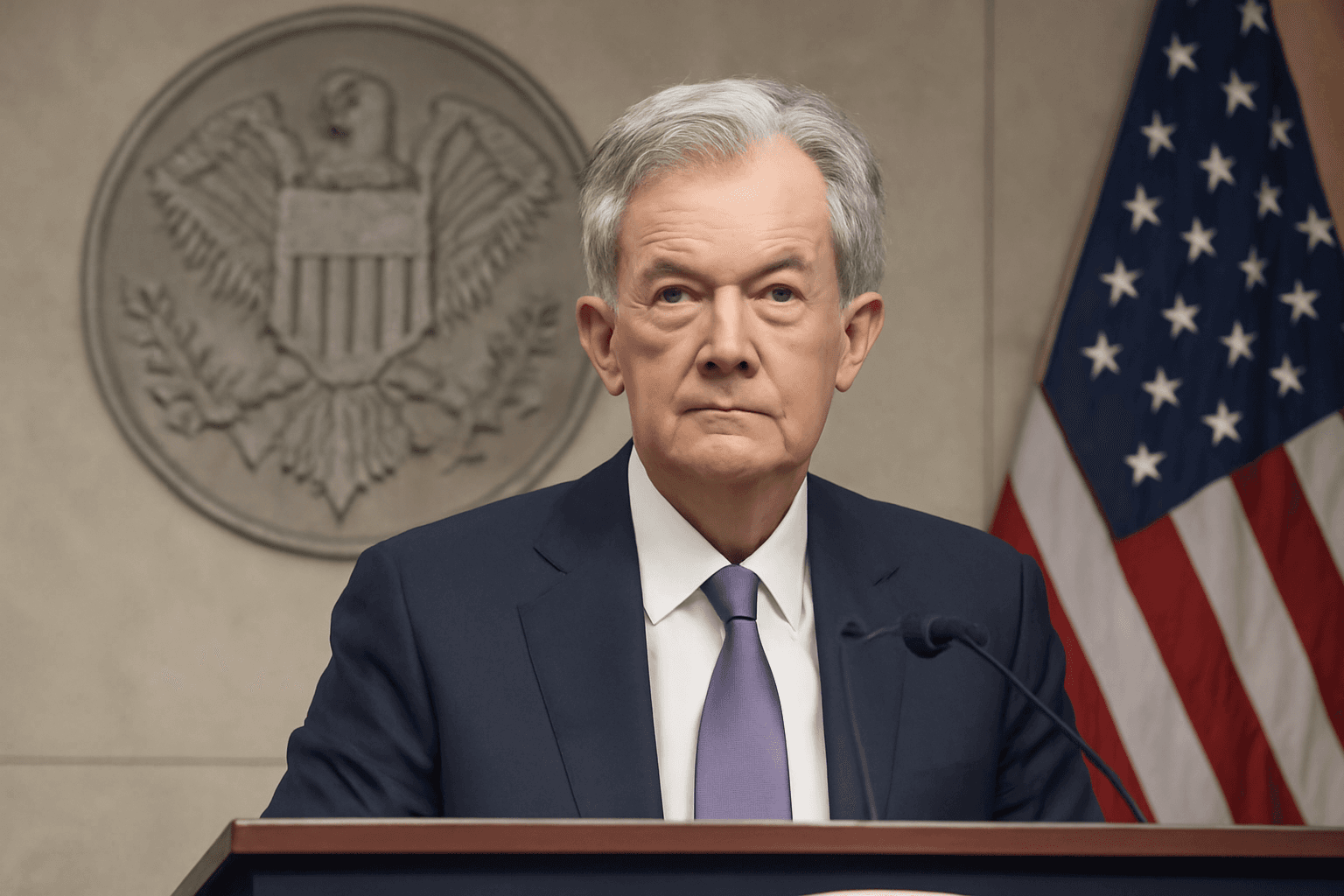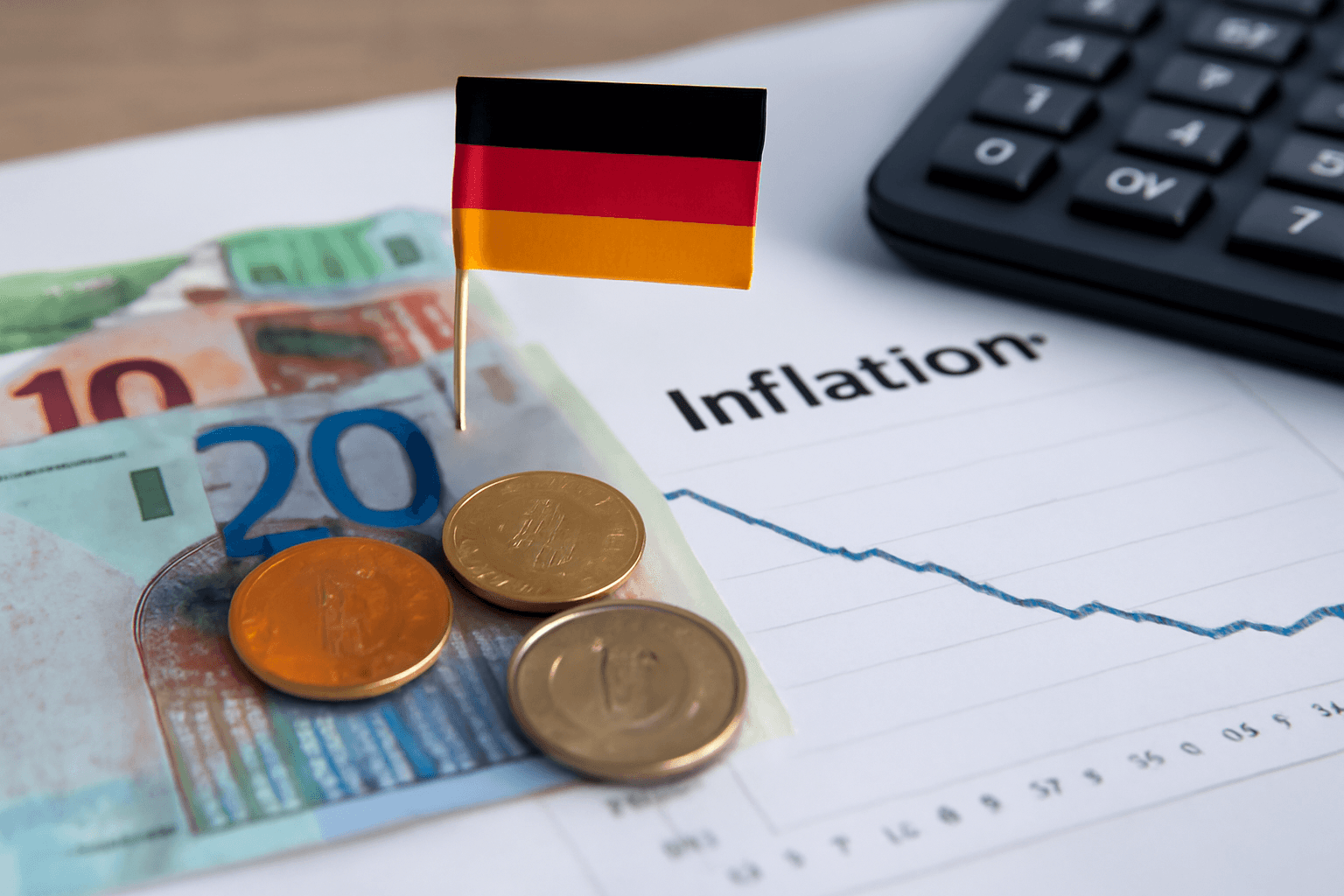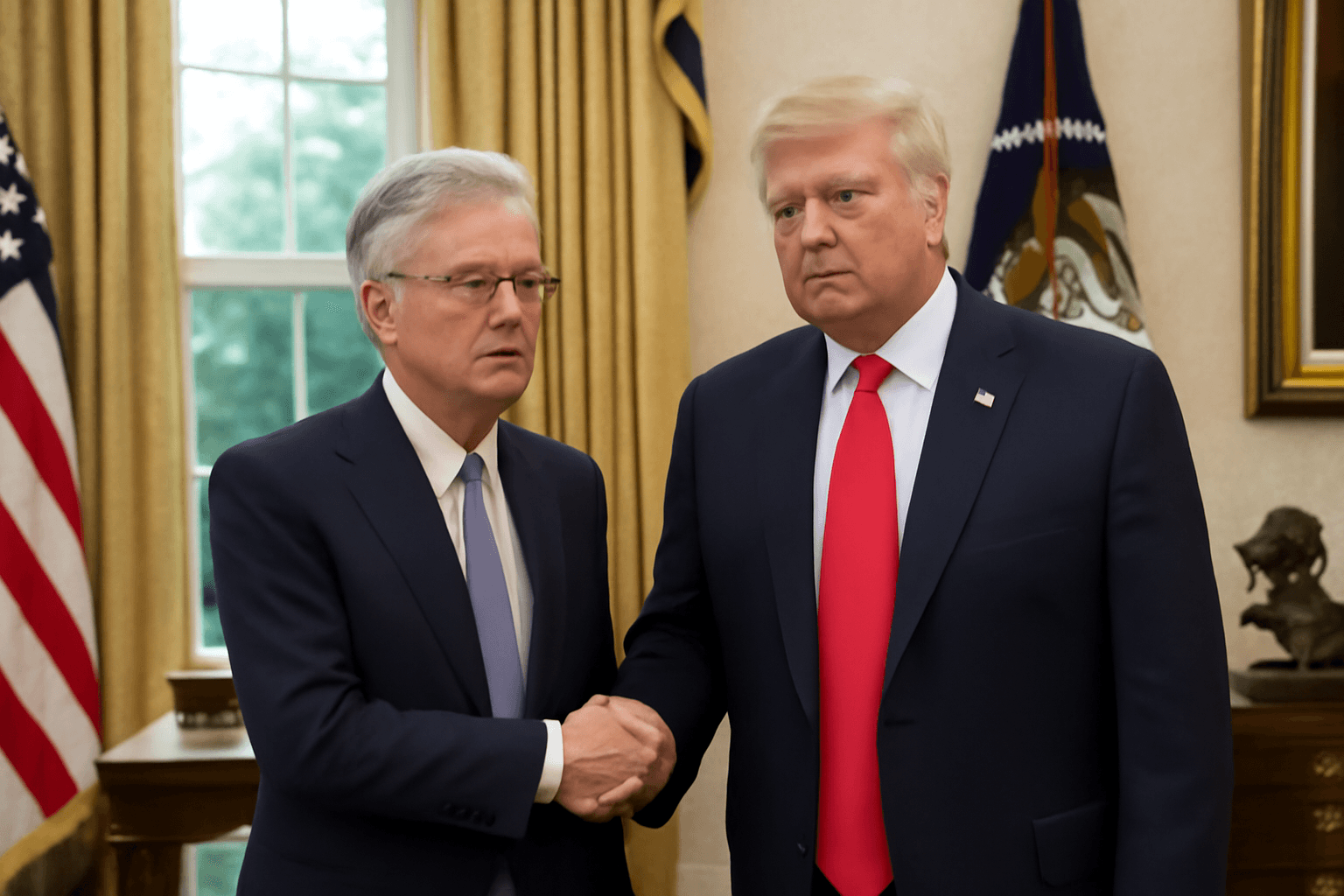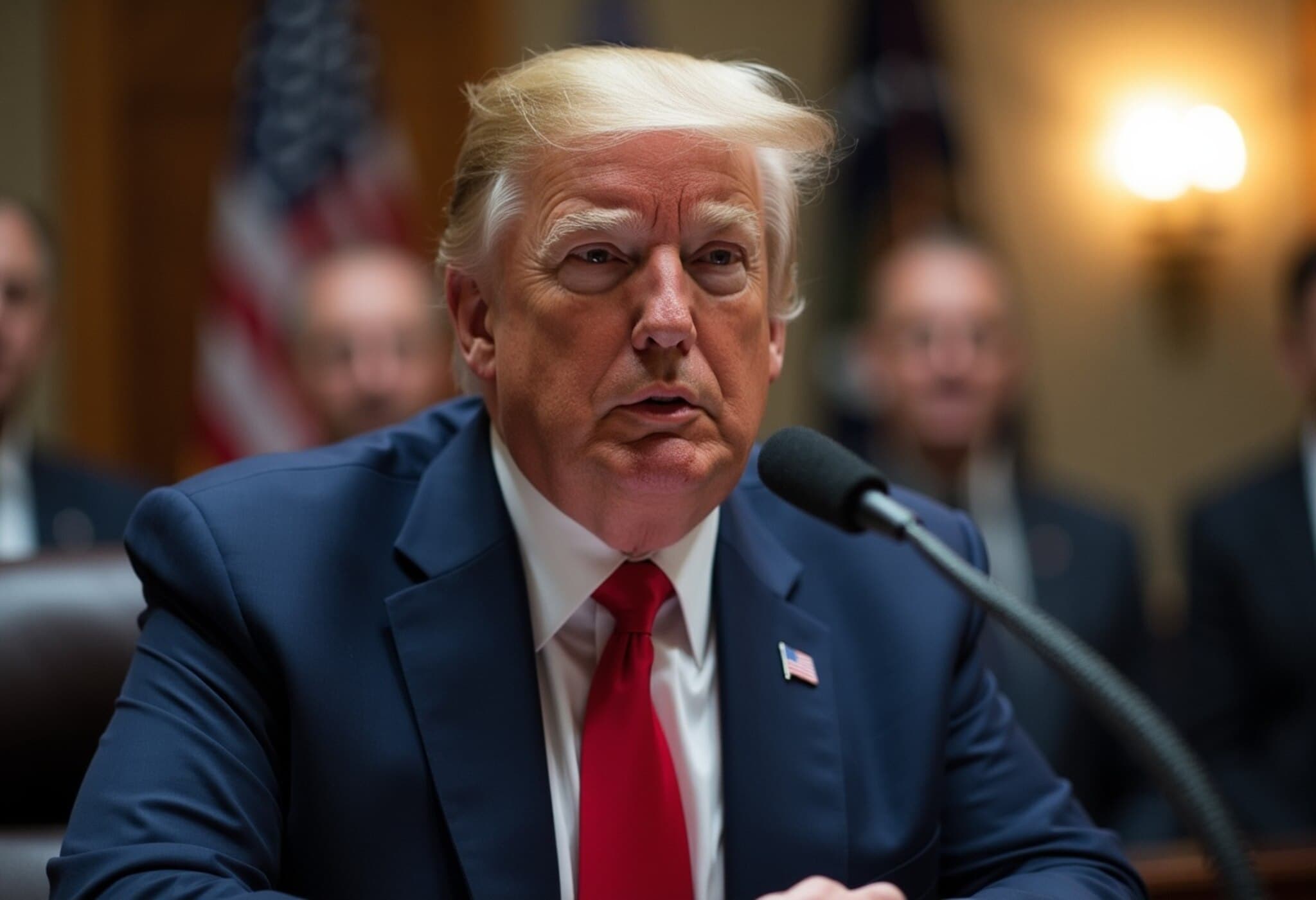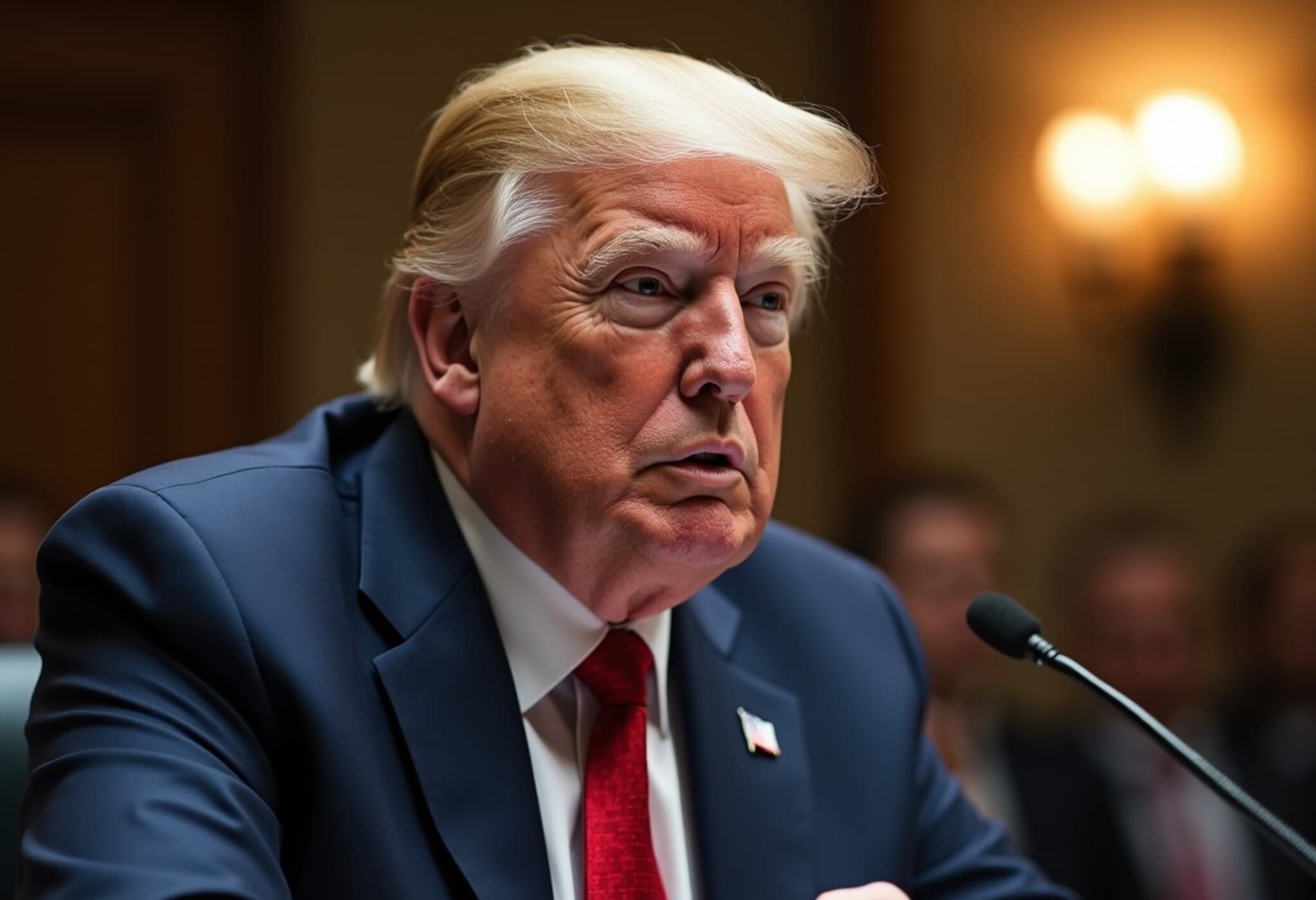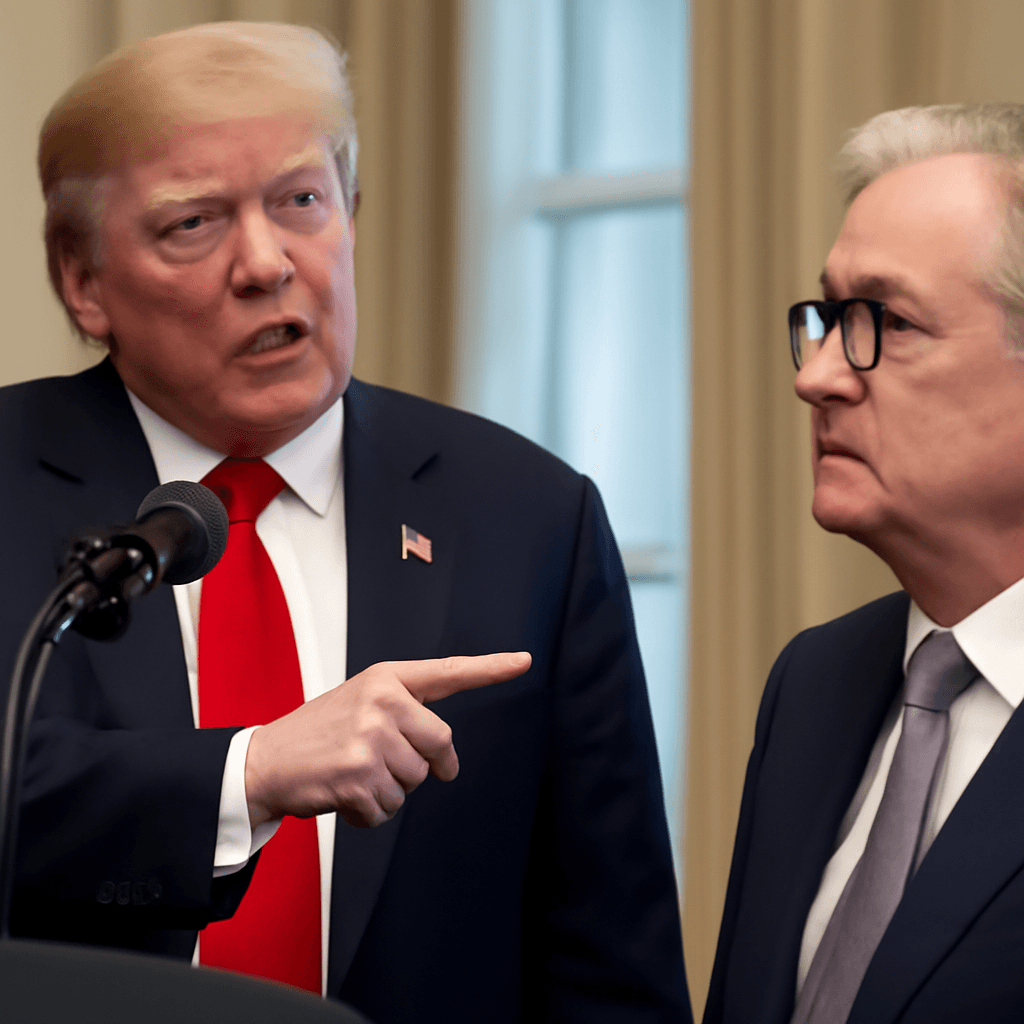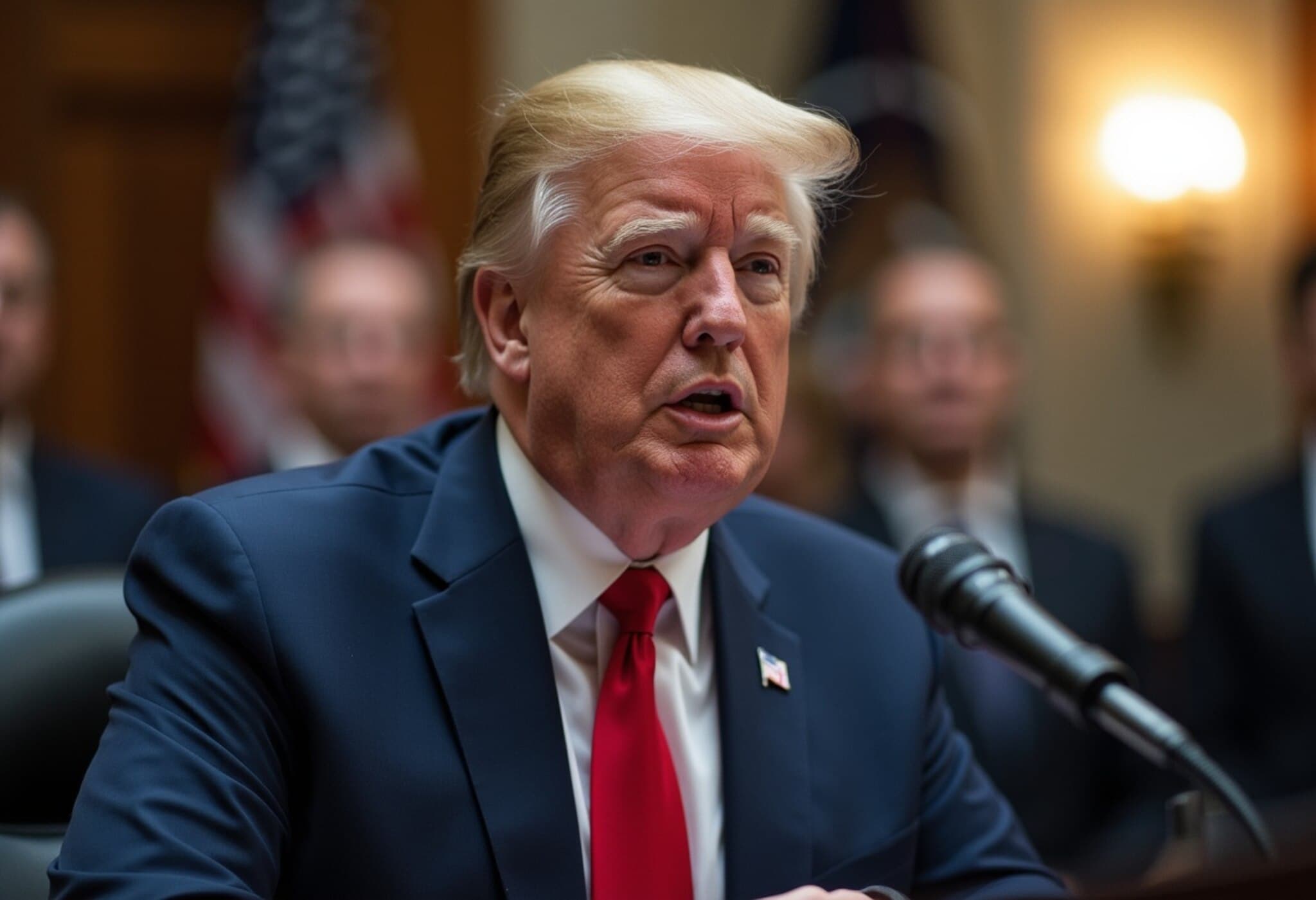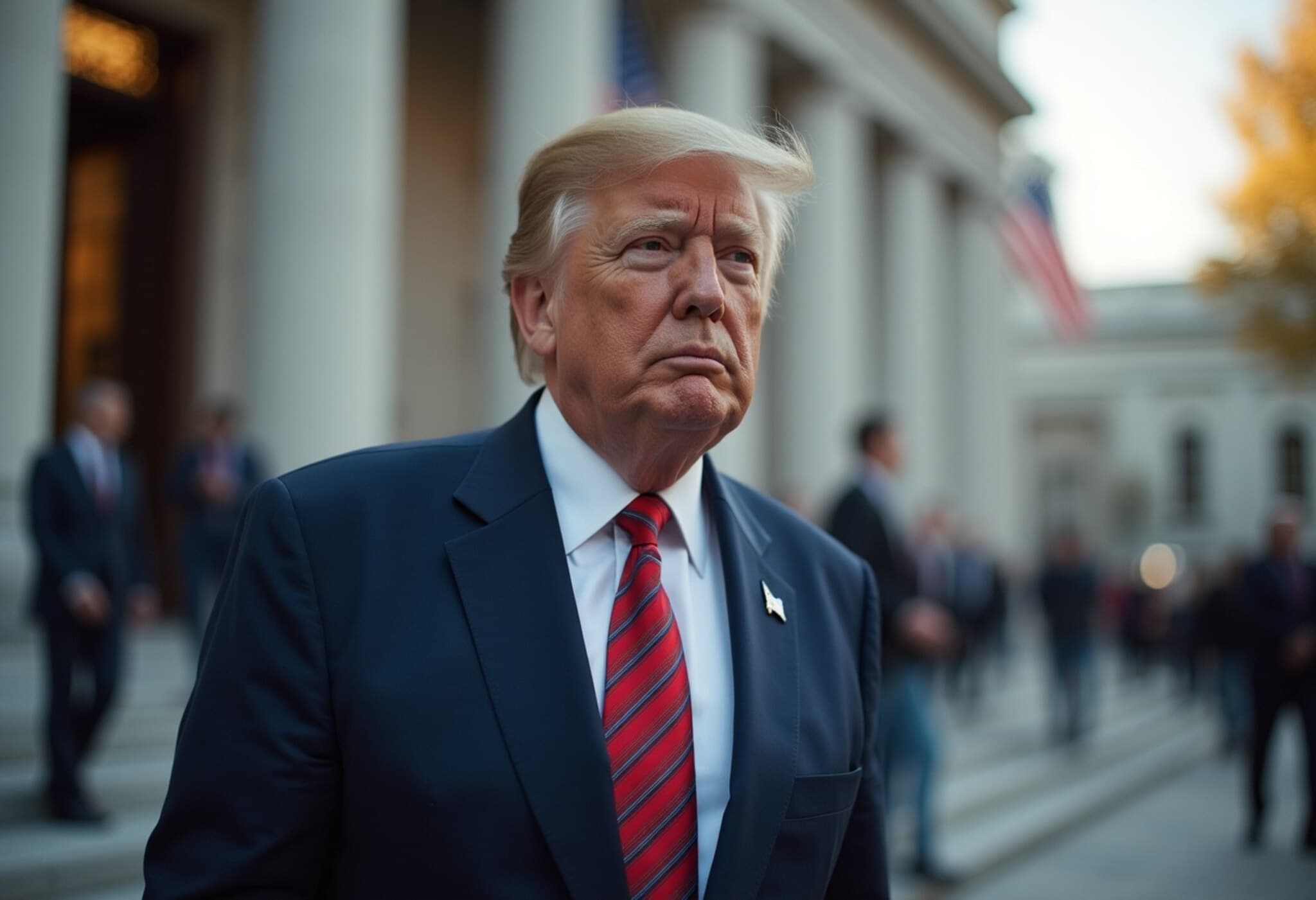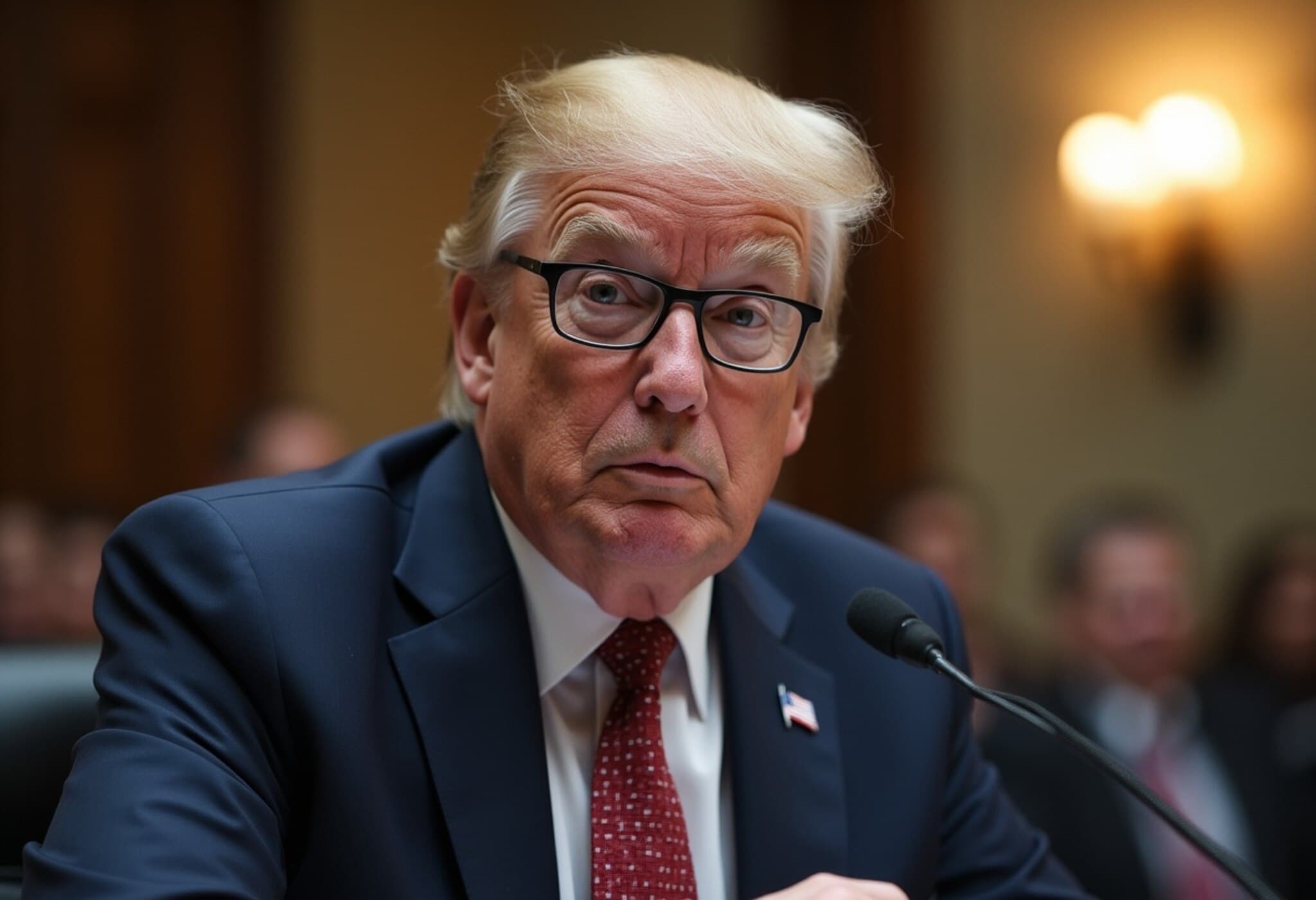Powell Takes the Spotlight on Capitol Hill Amid Rising Rate-Cut Demands
This week, Federal Reserve Chair Jerome Powell is set to deliver his semiannual testimony to Congress, entering a contentious environment fueled by growing calls to ease monetary policy. Starting Tuesday, Powell will present the Fed's monetary policy report before the House Financial Services Committee, followed by a session at the Senate Banking Committee on Wednesday.
While such testimonies usually proceed without incident, this time the pressure is mounting from multiple directions. The White House, led by President Donald Trump and several officials, is urging Powell to lower interest rates promptly. Adding fuel to the fire, two influential Fed governors—both Trump appointees—have recently signaled support for rate cuts as soon as July, stirring speculation about shifting dynamics within the Federal Open Market Committee (FOMC).
Increasing Political Influence Within the Fed?
Mohamed El-Erian, Allianz's chief economic advisor, remarked on this emerging trend, noting the unusual political undertones appearing within the normally insulated FOMC deliberations. Fed Governors Michelle Bowman and Christopher Waller have publicly suggested easing policy soon, diverging somewhat from Powell's more measured stance emphasizing patience amid tariff-related uncertainties.
This divergence among Fed officials, especially from Republican-leaning members, has rattled markets. Futures pricing now assigns roughly a 23% probability to a July rate cut and a significant 82% chance of easing by September, reflecting shifting investor expectations.
Anticipating a Challenging Testimony
Powell prepares for what could be a tense couple of days testifying before Congress. Republican legislators, echoing Trump's push, are expected to question the reasons behind the Fed's hesitance to ease rates quickly. Conversely, some Democrats, including Senator Elizabeth Warren, are also calling for rate cuts, underscoring bipartisan frustration with the current policy pace.
Why Trump's Demand for Steep Cuts May Fall Flat
Despite vocal demands from the White House for dramatic rate reductions—Trump has suggested cuts totaling around two percentage points—such swift moves remain unlikely. Governor Waller recently expressed preference for a gradual approach, and the recent FOMC meeting indicated a terminal federal funds rate near 3%, only modestly below current levels.
Past experiences reinforce caution: when the Fed slashed rates by a full percentage point late last year, Treasury yields rose alongside, signaling markets anticipated faster growth and inflation rather than immediate relief. Jai Kedia from the Cato Institute highlights that expecting instant economic benefits from Fed actions is unrealistic and that the central bank's influence should not be overstated.
Political Pressures Versus the Fed’s Mandate
Beyond monetary policy, the administration continues to demand swift Fed action. Meanwhile, criticism has surfaced suggesting Powell's perceived political biases could affect policy decisions, though calls for his resignation remain absent.
Kedia insists the Fed's primary responsibilities are managing inflation and employment—not influencing federal borrowing costs. He warns that succumbing to political pressures risks compromising both economic stability and the institution's credibility.
While a rate cut may be justifiable based on economic indicators, Kedia cautions that decisions should be rooted in data-driven monetary policy rather than political influence. FOMC members remain divided over timing and extent of future cuts, reflecting a complex balance between economic signals and external expectations.
Looking Ahead
As Powell faces a tough congressional hearing amid swirling political winds, markets and policymakers alike await clear signals on the Fed’s next move. The ongoing debate underscores the delicate tightrope the Fed must walk: responding appropriately to economic realities while maintaining its independence from political pressures.

